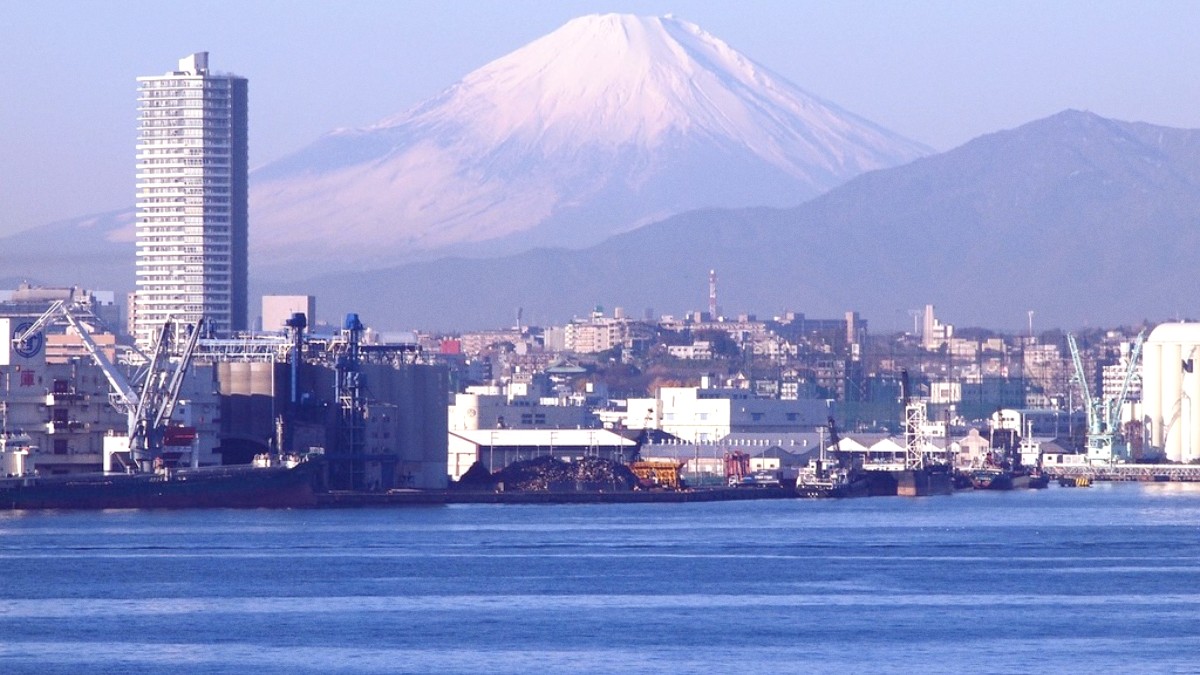
South Of Tokyo, Japan
Yokohama experiences four distinct seasons, each requiring specific attire. Modesty is appreciated when visiting temples or shrines; shoulders and knees should be covered.
Carefully preparing your documents before departure is . Keep all original documents and their copies secure and separate.
These are absolutely necessary as you will walk extensively. Choose supportive, well-cushioned shoes. A good option: Comfortable Walking Shoes.
Useful for places where you frequently remove shoes, like temples, traditional restaurants, or guesthouses. This promotes convenience and cultural courtesy.
Helpful during the rainy season (June-early July) or for unexpected showers. Keeping your feet dry contributes significantly to comfort.
Modern travel relies heavily on technology. Ensure your devices are ready for use in Japan. Japan uses Type A/B plugs (two flat prongs) and 100V (50/60Hz). Most modern electronics are dual-voltage and only need a plug adapter.
Carry all prescription medications in original packaging with a doctor's note. Be aware of restrictions on certain drugs in Japan. Bring over-the-counter remedies for common issues.
If planning day trips to nearby natural areas like Hakone or Kamakura, specific gear will be beneficial.
Yokohama presents numerous photogenic spots, from cityscapes to historical sites. Ensure your equipment is ready.
If you plan to cycle along the waterfront or explore on two wheels, certain items enhance your experience.
Small items can make a big difference in comfort and security during your travels.
Embrace sustainability and pack items that might be difficult or expensive to find locally.
Reduces plastic waste; Yokohama tap water is safe to drink.
Avoids plastic bag fees and promotes eco-friendly shopping.
For take-out meals, minimizing single-use plastic waste.
Ready for sudden showers, especially during the rainy season.
For reliable internet, a pocket Wi-Fi device often provides better coverage and a stronger connection than a tourist SIM card, especially if you have multiple devices.
Pack light and use packing cubes to organize your belongings. This simplifies unpacking and re-packing during your trip.